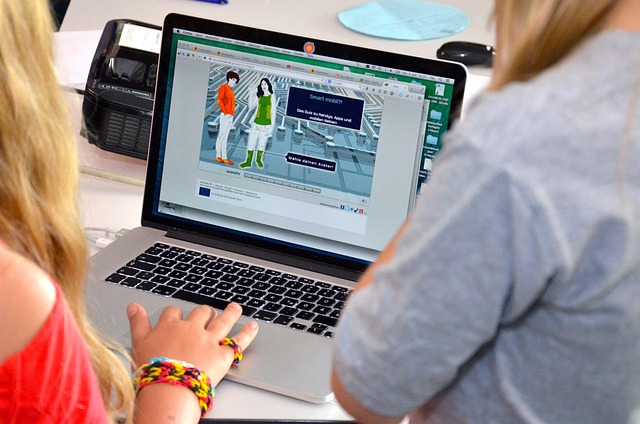Inside Learning...by Dean Shareski
With the opening of baseball season just around the corner I was thinking back to one of my favorite shows as a child, Inside Baseball. As much as I loved to watch the games themselves, I was fascinated by the stories and that took me inside the locker room and practice field to learn more about my heroes. Hearing Rod Carew talk about how he stole home four times in one year, having Bruce Sutter show how he threw a split fingered fastball all helped to make the game more interesting and meaningful. The more I knew about the players, the more I appreciated their on field accomplishments.
Today, DVD's usually offer bonus sections on the "making of" the movie. We have many more opportunities to see process and get insights of artists and storytellers we previously only could imagine. While much of the magic and mystery may be gone, it certainly helps us better understand the finished product.
So what's this got to do with learning and technology?
I"m currently teaching first year university students and require them to blog. There are many benefits for having them blog but I've found it to be one of the greatest ways I've been able to get into the thinking and process of my their learning. Asking them to describe their learning and thought process provides me with insight not only to appreciate their efforts but to inform my instruction and decide on what further supports I can provide to take them to the next level. This technology remains a powerful way for learners to reflect and share their thinking on a variety of endeavors. As much as teachers and schools say that process is as important as product, this often is more lip service than practice. Process takes time and talking about learning can be tiresome. The transparency of blogs make this a shared experience that no doubt can provide all students a greater opportunity to learn from each other. The advent of blogs in schools often is deployed as a way to bring technology into schools. That's the wrong reason. I recently read this quote on Doug Johnson's blog:
At a conference last week, Mark Weston from Dell computing stated that asking the question, "Does technology improve student learning?" is the
wrong question. The question should be, "Does technology support the practices that improve student learning?"
That is a better question. In this case, a student blog can support the practices of feedback loops and student reflection not to mention the ability to connect with those outside the classroom that may be able to provide deeper and more valuable feedback than the teacher or classmates. While the final products our students create are important, getting the inside scoop and allowing places for us to explore ideas often provides a direct view not easily replicated in other ways. Having a place to explain in greater detail how a concept was formed or a product was developed in many cases is the more interesting part.
As professionals, it becomes a space to test out theories, share successes and failures and build relationships. Inside learning.
As we continue to see many join the publishing world, our role is not only to learn how to filter out the noise but to teach our students to be transparent in meaningful ways. Using blogs and other spaces to provide insights of deep, thoughtful reflection moves away from simply playing with the technology but truly uses it to support the practices that improve student learning.
Tools and ideas to transform education. Sign up below.
